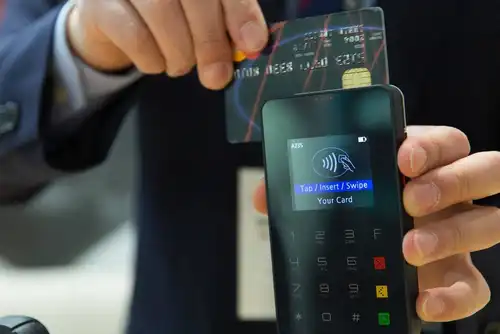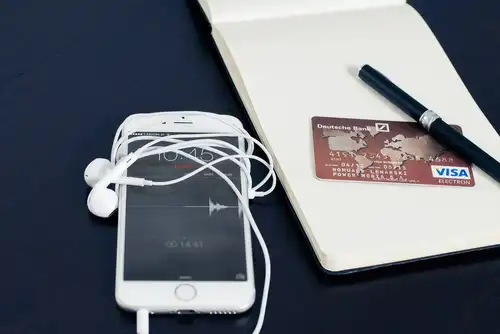What is Credit Card Swiper ?
A credit card swiper is a credit card reader used to process credit and debit card purchases.
restaurant point of sale
October 27, 2021

A credit card swiper is a credit card reader used to process credit and debit card purchases.
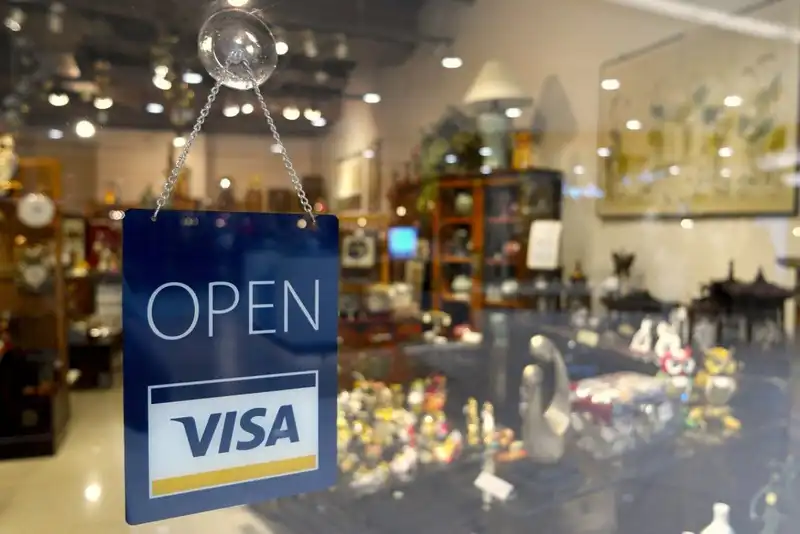
Are you still running a cash-only restaurant business? If so, you're missing out on a lot of potential sales. That's because more and more of your customers are using credit cards and other forms of payment when they make a purchase.
Setting up a credit card reader at your POS can increase sales. Your customers' purchases will no longer be limited by the money they have in their pocket. They can buy whatever they want, up to their credit limit.
So how do you get started accepting credit card payments? First, you're going to need to set up an account with a credit card processor, aka a merchant services provider. Then you're going to need a credit card reader.
A credit card swiper, or reader, is a POS device that enables a business to accept credit card payments. There are a lot of different kinds of credit card swipers on the market. Which one is best for your business depends on what kind of payments you want to accept.
Credit card readers make paying with a card a breeze. You simply swipe or insert your card into the machine to begin the transaction process. A few moments later, the sale is completed.
Your customers are going to love being able to use a card swiper to pay for their purchases. You'll be seeing a lot of new faces, as well as some you haven't seen in a while. And increased sales are only one benefit of accepting credit card and debit card payments.
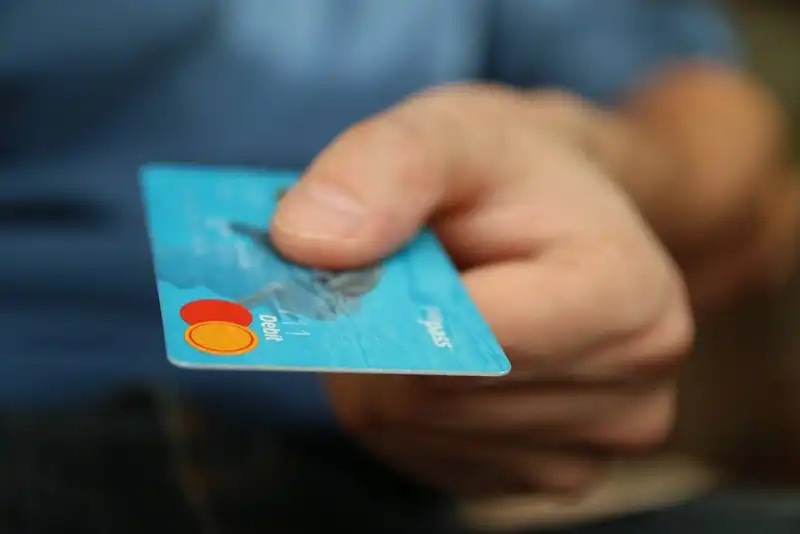
There are many reasons why so many small businesses accept credit card and debit card payments. What are some of the benefits they're realizing from accepting credit card payments? And how can they help your business?
Credit cards increase sales. Customer purchases aren't limited by the cash they have on hand. Most businesses see an increase in sales when they start accepting credit card payments.
It saves time. Customers can complete their transactions with the simple swipe of a card. Retailers don't have to make change or wait while someone writes out a check; payment processing takes seconds.
Customers trust businesses that offer credit card payments. Visa and Mastercard are two of the most trusted brands in the world. Just hanging one of their signs in the window is enough to attract business.
Easier bookkeeping, less risk. Credit card payments require less bookkeeping than cash and checks. And the less cash you have on your premises, the safer you and your employees will be.
Being able to pay with credit cards creates a better shopping experience for your customers. They can buy more and spend less time in line. The happier your customers are the better off your business will be.
The restaurant business is highly competitive. You need an edge, a reason, for your target customers to choose your business instead of a competitor. Adding a card swiper machine with a stripe reader could give you the edge you need.

If you are a small business owner, you know how important it is to be able to accept credit cards at your store.
You want to be able to take credit cards but you don’t have the money for a full-fledged credit card terminal.
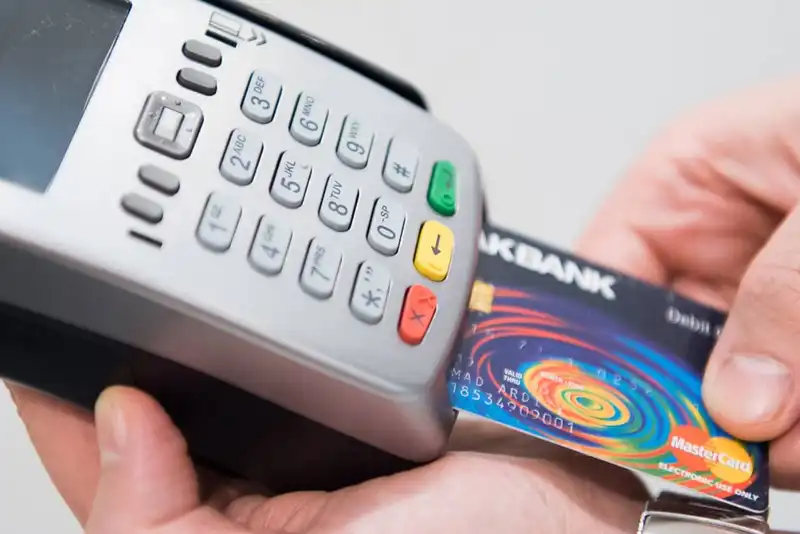
Credit cards didn't come into widespread use until the 1960s. In the early 1970s, the magnetic stripe began to appear on the backs of credit cards. These magnetic stripes were used to store customers; credit card information.
In order to access the information on the magnetic stripe, you needed a POS terminal that could read it. That's how the first credit card swipe reader came to be created. The devices require customers to "swipe" their cards so that the information on the magnetic stripe could be read.
Today, cash-only businesses are the exception rather than the rule. Credit card processing machines are a common sight in restaurants throughout the world. While they come in many different models, most credit card swipers function in pretty much the same way.
Credit card machines are designed to be easy to use. Once a transaction has been calculated, the POS system terminal will tell you how much you owe. To complete the transaction, you swipe your card through the stripe reader or EMV chip card reader. (In some instances, you may be asked to insert a card rather than swipe it.)
Card payments only take moments to complete using a credit card reader. How does the credit card transaction process work? That is a very interesting story.
Paying with a credit card swipe reader seems like a simple process doesn't it? You swipe just your card, a few seconds later your sale is approved, and you're on your way. You may not be aware of it, but a lot goes on in those few seconds it takes for a credit card transaction to be processed.
So how does credit card payment processing work? Well, let's start at the beginning. A customer wishes to make a purchase and they want to pay with a credit card or debit card.
The customer swipes their magnetic stripe card through the card reader. Depending on the type of card, they may have to enter a PIN number as well. Chip card contactless payments use an EMV chip rather than a magnetic stripe to store customer information.
The customer's credit card data is transferred from the credit card terminal to a secure payment gateway. The payment gateway encrypts the data. No customer data is stored in the reader; all data is encrypted as a token before being transmitted.
This token is a unique piece of code that is only valid for this single credit card transaction. This greatly improves security. If a card processing machine is hacked, thieves can only recover the now useless token transaction codes.
Once the data has been received by the credit card issuer, the sale will either be approved or denied. The answer will be sent back through the network to the merchant's POS. It's incredible to realize that the entire payment processing cycle happens within the space of a couple of seconds.
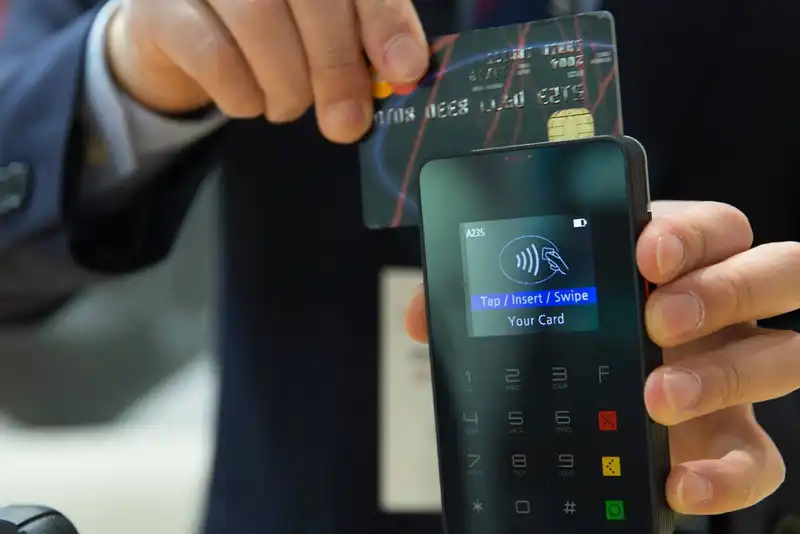
You've made the decision to accept credit card payments, now you have to get a card swiper. But which credit card reader is best for your business needs? There are several different types of credit card readers to choose from.
Traditional credit card reader - A traditional swipe reader is just a credit card machine that is physically connected to the Internet. They come in all sizes and shapes, from tiny handheld models to the readers you see in retail POS systems.
Wireless, portable, or mobile credit card reader - These are credit card swipe machines that use a wireless connection to transmit and receive data. The big advantage of a mobile credit card reader is that it can be used anywhere there's a connection.
A "smart" credit card machine - With downloaded software, a smartphone can be used for a lot more than just making calls, depending on the software. Similarly, a smart card reader can be used for more than processing credit card payments, depending on the software.
Integrated credit card machines - These are credit card readers that are fully integrated into a point sale system. They cost more, but come with all the extras - scanners, receipt printer, PIN pads, customer-facing screens, cash drawers, etc.
What credit card reader you choose depends on many factors. One of the biggest is cost. You'll also want to consider what types of credit cards you need to accept, such as magnetic stripe, smart chip, or mobile apps.

It’s not easy to get a credit card swiper. There are many things that you need to consider before making your purchase.
You don’t want to make the wrong decision and invest in the wrong product.
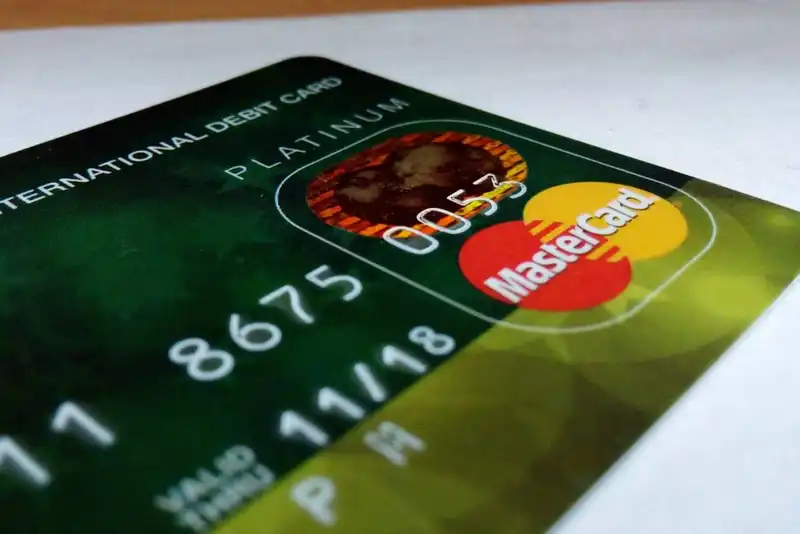
You're going to need more than just a credit card swiper if you want to accept credit card payments. You're going to need a way to process the credit card payments. And that costs money.
In order to receive payment for credit card charges, you're going to need to partner with a Merchant Services Provider. A Merchant Services Provider, or MSP, is a company that processes credit and other types of payments for other businesses. They provide these credit card processing services for a fee.
First, you'll need to set up a merchant account with your MSP. This is the bank account where the funds from your credit card sales will be placed. You'll pay a one-time setup fee to get started.
Monthly transaction fees and/or annual transaction fees are some of the most important things to consider. These are the ongoing fees for processing card payments and other services provided by your MSP. These fees can vary greatly, depending on what service plan you select.
One thing to look out for is monthly minimum payment processing fees. Your monthly minimum fee is the minimum dollar amount you're required to pay each month in processing fees. You'll pay the same fee per month, even if you haven't met your minimum dollar amount.
Banks charge credit card processing transaction fees. Interchange fees are the fees paid to an issuing bank each time a customer uses their card. Guess who the credit card processing companies pass these costs along to?
Other credit card processing fees can include statement fees and PCI compliance fees. Many MSPs charge fees for using their brand of credit card swipe reader hardware. And of course, you'll be required to pay an early termination fee if you decide to end your service contract early.
Before you select your MSP, make sure you do the research. Different MSPs charge different rates for card processing and payment processing. The last thing you want to do is get stuck in a payment processing plan you can't afford.
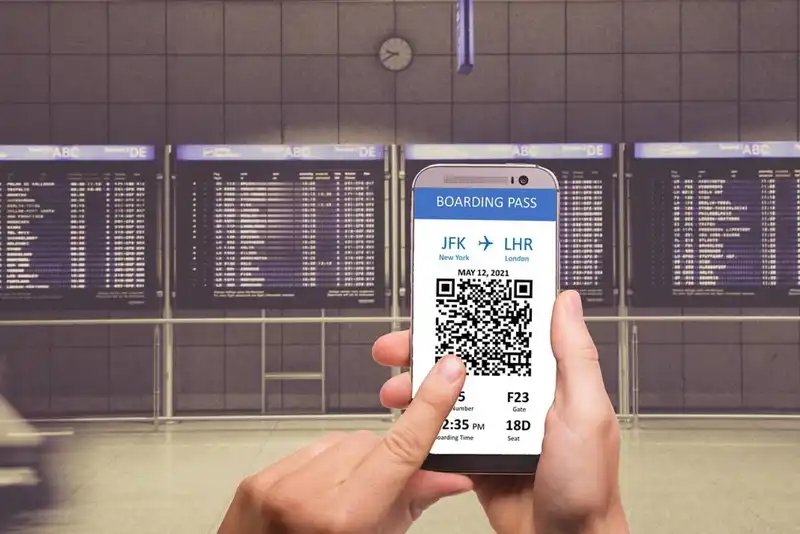
Checks, credit cards, and debit cards aren't the only forms of non-cash payment out there. Mobile credit payment methods are getting more and more popular. You may want to consider a credit card swipe reader that can accept mobile credit card and mobile app payments.
Mobile credit payment systems work like credit cards or debit cards. However, instead of a physical card, customers use what is called a payment app to pay for their purchases. The payment app is downloaded onto a smartphone or other mobile device.
How they accomplish this depends on the payment system. Some make payments using a contactless chip card reader; others mimic the magnetic stripe pattern found on an MSP card. QR codes, text codes, and digital wallets are a few other examples of mobile transaction types.
Customers really like making contactless payments using their mobile credit apps. One of the big appeals is that they don't have to carry physical credit cards or cash to pay for items. All they need is an internet-connected mobile device with a mobile payment app.
Accepting mobile payments gives your customers more options. The good news is, most mobile payments can be accepted using existing credit card readers. And the fees for mobile payment processing are less than those for credit cards.
Providing the widest range of payment options is a sure way to keep your customers happy and coming back. If you only accept cash payments, you're missing out on a lot of potential sales. This should be reason enough for your business to start taking credit card and mobile credit payments.
A credit card swiper can cost anywhere from $30 to $150. It depends on the type of credit card swiper and what type of credit card you are using. Leasing and rental options are available. Some credit card processors provide a free card reader in exchange for signing a service contract.
A card swiper is a device that is used to read data from a credit card, debit card, or other cards with a magnetic strip. The data is then used to process a payment.
You use a card swiper in a store to pay for your items by swiping your credit card through the terminal. The device reads the card's magnetic stripe and instantly transfers the purchase amount to the retailer's bank account.

2023-02-23
Read More